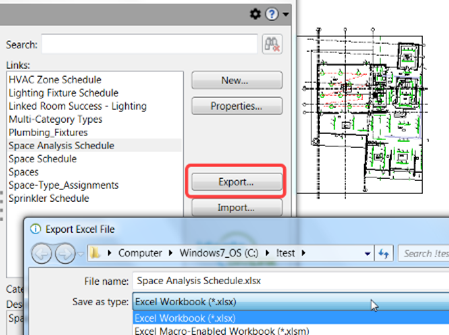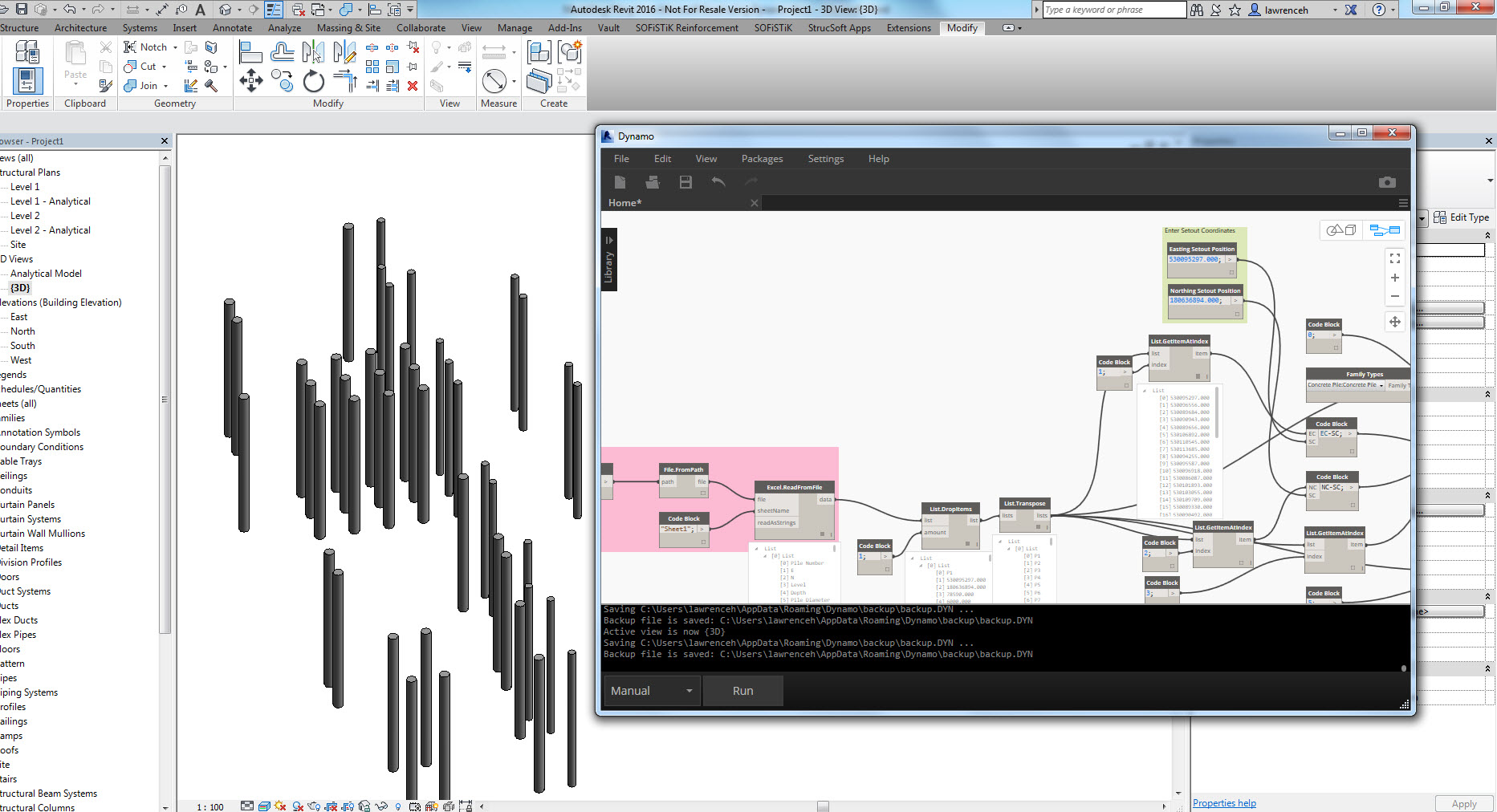Revit Tool to Empower Your Structure Information Modeling
Wiki Article
Excel Empowerment: Supercharge Your Revit Projects With Seamless Data Import
With smooth information import, Excel empowerment can be the secret to unlocking your project's full potential. Visualize enhancing the import procedure and maximizing performance with smooth data integration. In this article, we will share ideas and methods for using Excel in your Revit tasks.The Power of Excel in Revit Projects
You can supercharge your Revit projects by utilizing the power of Excel for seamless information import. Excel is a functional tool that can significantly enhance your workflow and performance in Revit (revit tool). With Excel, you can easily import and handle large amounts of information, saving you effort and timeAmong the vital benefits of using Master Revit is its capability to handle complex computations and solutions. You can use Excel to perform estimations on your information, such as producing amounts, calculating expenses, or evaluating performance. This can be specifically beneficial when functioning with big jobs that call for considerable computations.

Additionally, Excel supplies a acquainted and straightforward user interface for dealing with information. You can arrange and adjust your information in a spread sheet style, making it simple to check out and modify. This can be particularly practical when working together with others or when you require to make quick adjustments to your project data.
Additionally, Excel allows you to conveniently import and export data in between Revit and other software applications. You can import information from external sources right into Revit, such as material specifications or tools timetables, and export data from Revit to Excel for more evaluation or coverage.
Streamlining Information Import With Master Revit
When utilizing Excel as a device,Enhancing data import in Revit comes to be less complicated. With Excel, you have the power to flawlessly import and manage big amounts of information in your Revit jobs. By utilizing the acquainted user interface and capability of Excel, you can conserve time and boost performance in your operations.Among the crucial advantages of utilizing Excel for data import in Revit is the capability to easily organize and adjust information before importing it right into your job. With Excel's powerful attributes, such as sorting, filtering system, and formulas, you can quickly tidy up and layout your data to meet the demands of your Revit project.
Moreover, Excel enables you to import data from different sources, such as databases, spread sheets, or perhaps web-based applications. This adaptability offers you the freedom to collect information from various systems and settle it into one central area for simple accessibility and administration.
Furthermore, Excel offers the choice to produce personalized layouts for information import in Revit. By developing themes customized to your job's certain needs, you can guarantee consistency and accuracy in your data import process.
Overall, making use of Excel as a device for data import in Revit improves the process and improves your performance. So why not benefit from this effective tool and supercharge your Revit jobs with smooth data import utilizing Excel?
Making Best Use Of Efficiency With Seamless Data Integration
Make best use of performance by flawlessly integrating and taking care of information in your process. Gone are the days of manually inputting information into your system, wasting valuable time and sources. With seamless information assimilation, you can enhance your processes and supercharge your productivity.
When you have a smooth assimilation system in location,Taking care of data comes to be a breeze. You can conveniently organize and categorize your data, making it less complicated to fetch and analyze. Claim goodbye to the days of undergoing limitless spreadsheets for that piece of info you need.

Excel Idea for Revit Projects
With these tricks and ideas, you'll have the ability to successfully handle your Revit jobs utilizing Excel. One of the initial things you can do is to utilize Excel's powerful sorting and filtering features. This will allow you to promptly arrange and examine your project data. You can arrange components by their names or filter them based on details standards, such as their status or area. One more helpful feature is the capability to develop solutions in Excel. You can utilize solutions to compute amounts, do intricate estimations, and even automate specific jobs. This can save you a whole lot of effort and time in your Revit jobs. In addition, you can utilize Excel to produce customized templates for information import and export. This method, you can guarantee consistency and precision when transferring data between Revit and Excel. Do not neglect regarding Excel's conditional formatting feature. You can use this to highlight particular aspects or worths based upon certain problems. This can help you swiftly recognize and deal with any kind of issues or abnormalities in your job data. Generally, understanding these Excel techniques and tips will substantially boost your capability to handle and adjust information in your Revit projects.Harnessing the Excel-Revit Connection for Success
To take advantage of your Excel-Revit link, make use of the ability to effortlessly integrate and move task information. By harnessing this powerful link, you can supercharge your Revit jobs and enhance your workflow. With simply a few straightforward steps, you can import data from Excel directly right into Revit, saving you time and guaranteeing accuracy.One of the crucial benefits of the Excel-Revit connection is the capacity to transfer information flawlessly. Whether you are importing linked here schedules, area data, or even geometry go to this web-site details, Excel offers an easy to use interface that allows you to organize and control your data before importing it into Revit. This indicates you can easily update and modify your task details in Excel, and with a couple of clicks, move those changes directly right into your Revit version.
In enhancement to moving data, the Excel-Revit link also enables synchronization. This suggests that any type of modifications made in Excel can be automatically upgraded in Revit, making sure that your project details is always approximately date. This synchronization feature is specifically beneficial when handling complex and large jobs, as it gets rid of the need for hands-on data access and reduces the danger of mistakes.
Verdict
So there you have it - the power of Excel in Revit jobs can not be ignored. By simplifying information import and discover this info here maximizing performance via seamless data assimilation, you can supercharge your projects and accomplish success. With the Excel-Revit link, you have the tools to take your jobs to the next level and achieve phenomenal outcomes. So don't wait any kind of longer, begin taking advantage of the power of Master your Revit tasks today and unlock a globe of opportunities.You can supercharge your Revit jobs by using the power of Excel for smooth information import. With Excel, you have the power to effortlessly import and handle big amounts of information in your Revit projects (import excel into revit). In general, grasping these Excel tips and methods will significantly boost your ability to handle and adjust information in your Revit projects
Whether you are importing routines, area data, or even geometry info, Excel offers an user-friendly interface that enables you to organize and adjust your data before importing it into Revit. By streamlining data import and making best use of effectiveness via seamless data combination, you can supercharge your projects and attain success.
Report this wiki page